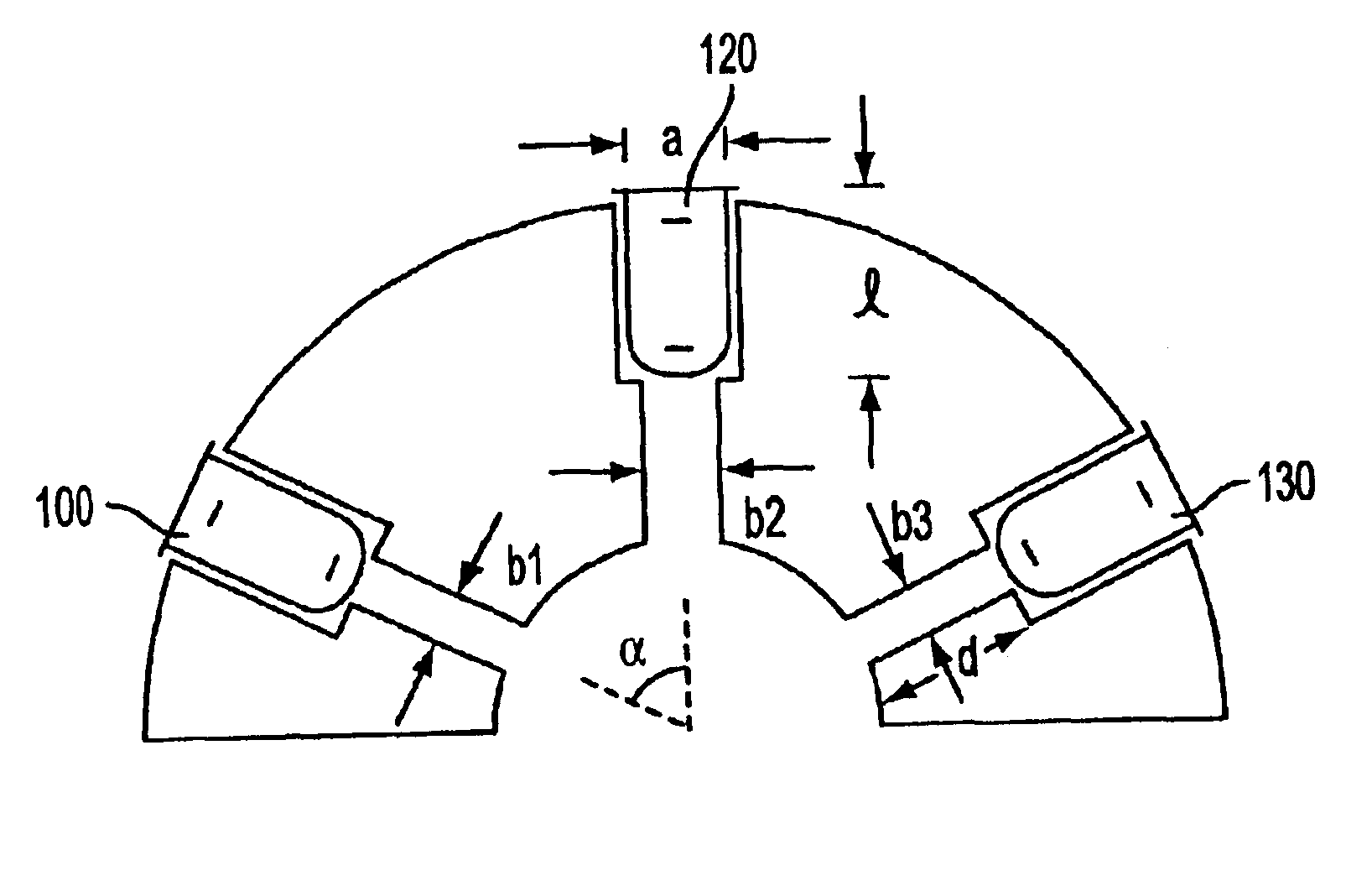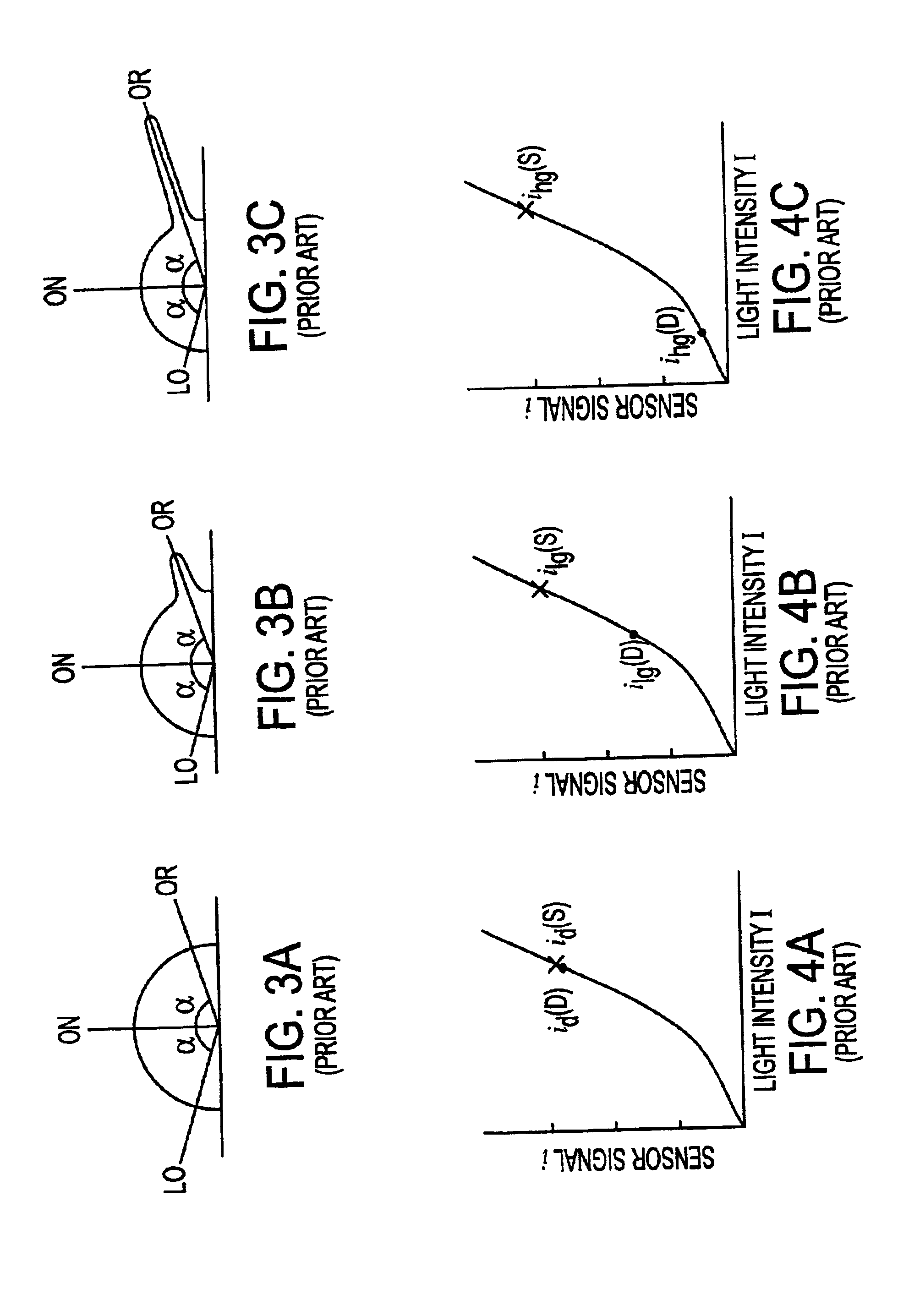Method and apparatus for detecting media type
a technology of media type and method, applied in the direction of other printing apparatus, printing, instruments, etc., can solve the problems of reducing the throughput of media in the printing system, and the ratio measurement is not accurate for media type detection, so as to achieve higher light flux capability, light flux capability, and light flux capability.
- Summary
- Abstract
- Description
- Claims
- Application Information
AI Technical Summary
Benefits of technology
Problems solved by technology
Method used
Image
Examples
Embodiment Construction
[0032]Reference will now be made in detail to the preferred embodiments, examples of which are illustrated in the accompanying drawings. In accordance with the preferred embodiments, there is provided a method and apparatus for providing accurate media type detection.
[0033]As noted above, in the traditional sensor configuration for a media type detector, the values of diffuse sensor signal i(D) and / or specular sensor signal i(S) may fall along non-linear operating points of a corresponding sensor curve, thereby preventing accurate media detecting ratio measurements and accurate media type determinations.
[0034]Through research and experimentation, it has been determined that the above non-linear operating point problem may be overcome by moving the diffuse sensor signal i(D) operational point, shown in FIG. 4C, further up the sensor characteristic curve and out of the non-linear region. The operational point for the diffuse sensor signal i(D) can be moved up the curve by relatively i...
PUM
| Property | Measurement | Unit |
|---|---|---|
| diameter | aaaaa | aaaaa |
| length | aaaaa | aaaaa |
| incidence angle | aaaaa | aaaaa |
Abstract
Description
Claims
Application Information
 Login to View More
Login to View More - R&D
- Intellectual Property
- Life Sciences
- Materials
- Tech Scout
- Unparalleled Data Quality
- Higher Quality Content
- 60% Fewer Hallucinations
Browse by: Latest US Patents, China's latest patents, Technical Efficacy Thesaurus, Application Domain, Technology Topic, Popular Technical Reports.
© 2025 PatSnap. All rights reserved.Legal|Privacy policy|Modern Slavery Act Transparency Statement|Sitemap|About US| Contact US: help@patsnap.com



